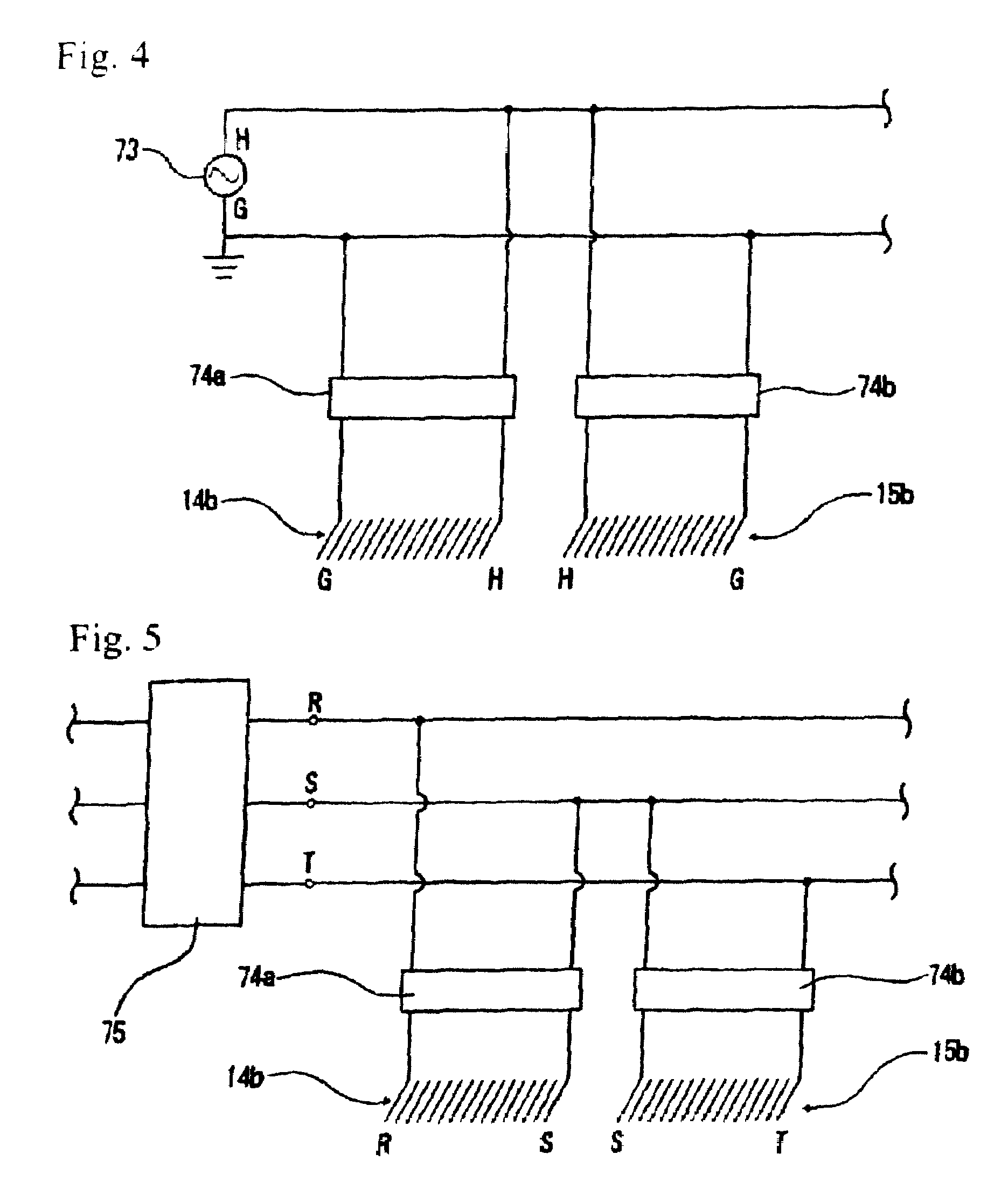Filament lamp and light-irradiation-type heat treatment device
a technology of heat treatment device and filament lamp, which is applied in the direction of lighting and heating apparatus, stoves or ranges, furniture, etc., can solve the problems of difficulty in giving the desired physical properties of the article being treated, quality decline, and crystal transition defects, so as to prevent unwanted discharge and maintain initial performance reliably, the effect of ensuring the stability of the filamen
- Summary
- Abstract
- Description
- Claims
- Application Information
AI Technical Summary
Benefits of technology
Problems solved by technology
Method used
Image
Examples
Embodiment Construction
[0049]FIG. 1 is an oblique explanatory view showing an outline of the constitution of one example of the filament lamp of this invention.
[0050]With reference to FIG. 1, the filament lamp has a straight-line light emitting bulb 11 sealed at both ends, and within the light emitting bulb 11 are multiple (two are shown in FIG. 1) filament assemblies 14, 15, comprising filament coils and leads that supply electricity to the filament coils, that are orderly arranged so that the filament coils 14b, 15b extend in the axial direction of the light emitting bulb 11.
[0051]In the first filament assembly 14, a lead 14c is connected to one end of the filament coil 14b and is electrically connected to an external lead 18a that projects through a sealed portion 12a of the light emitting bulb 11, by way of a metal foil 13a sealed within the sealed portion 12a, and another lead 14a is connected to the other end of the filament coil 14b and is electrically connected to an external lead 18d that project...
PUM
 Login to View More
Login to View More Abstract
Description
Claims
Application Information
 Login to View More
Login to View More - R&D
- Intellectual Property
- Life Sciences
- Materials
- Tech Scout
- Unparalleled Data Quality
- Higher Quality Content
- 60% Fewer Hallucinations
Browse by: Latest US Patents, China's latest patents, Technical Efficacy Thesaurus, Application Domain, Technology Topic, Popular Technical Reports.
© 2025 PatSnap. All rights reserved.Legal|Privacy policy|Modern Slavery Act Transparency Statement|Sitemap|About US| Contact US: help@patsnap.com



